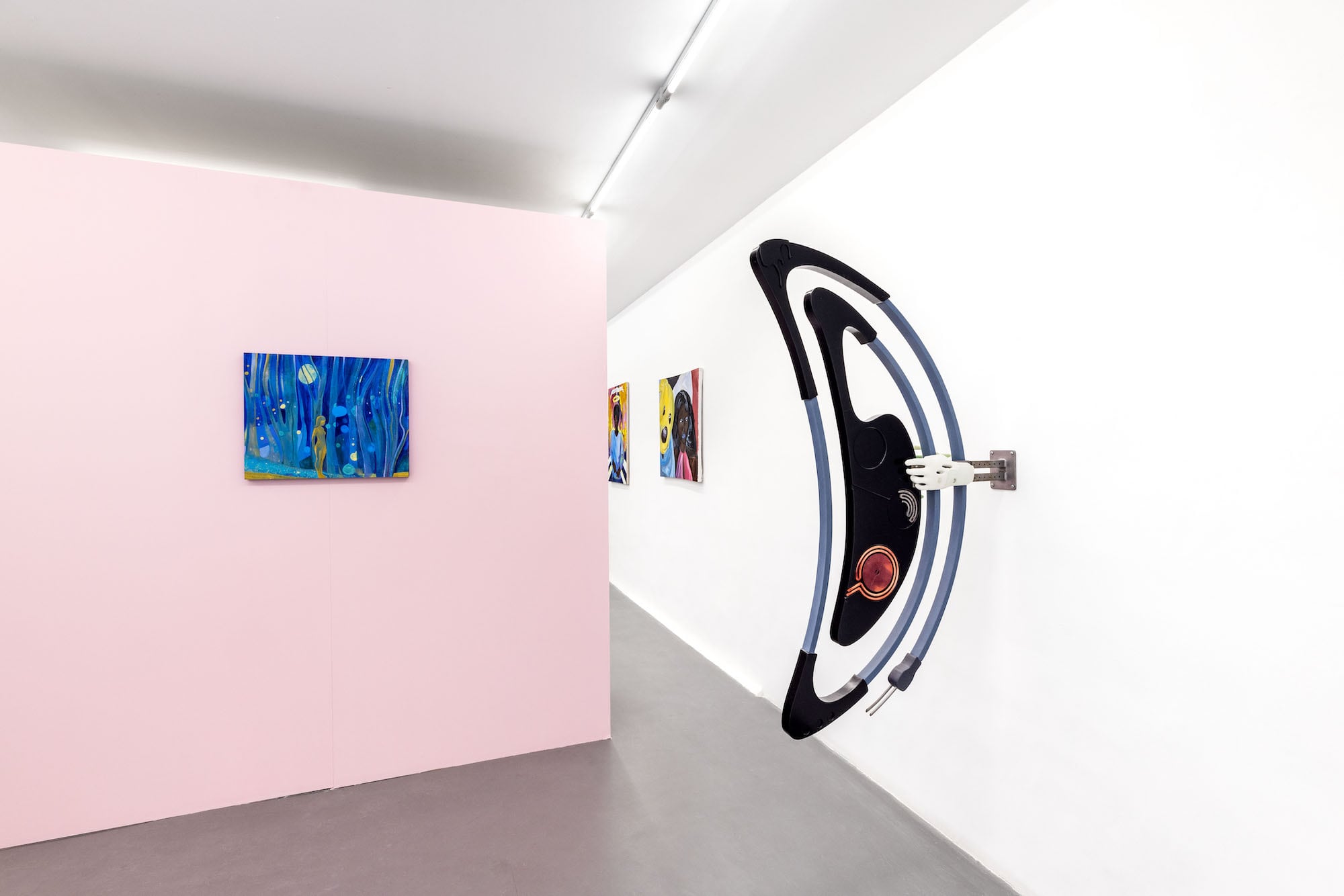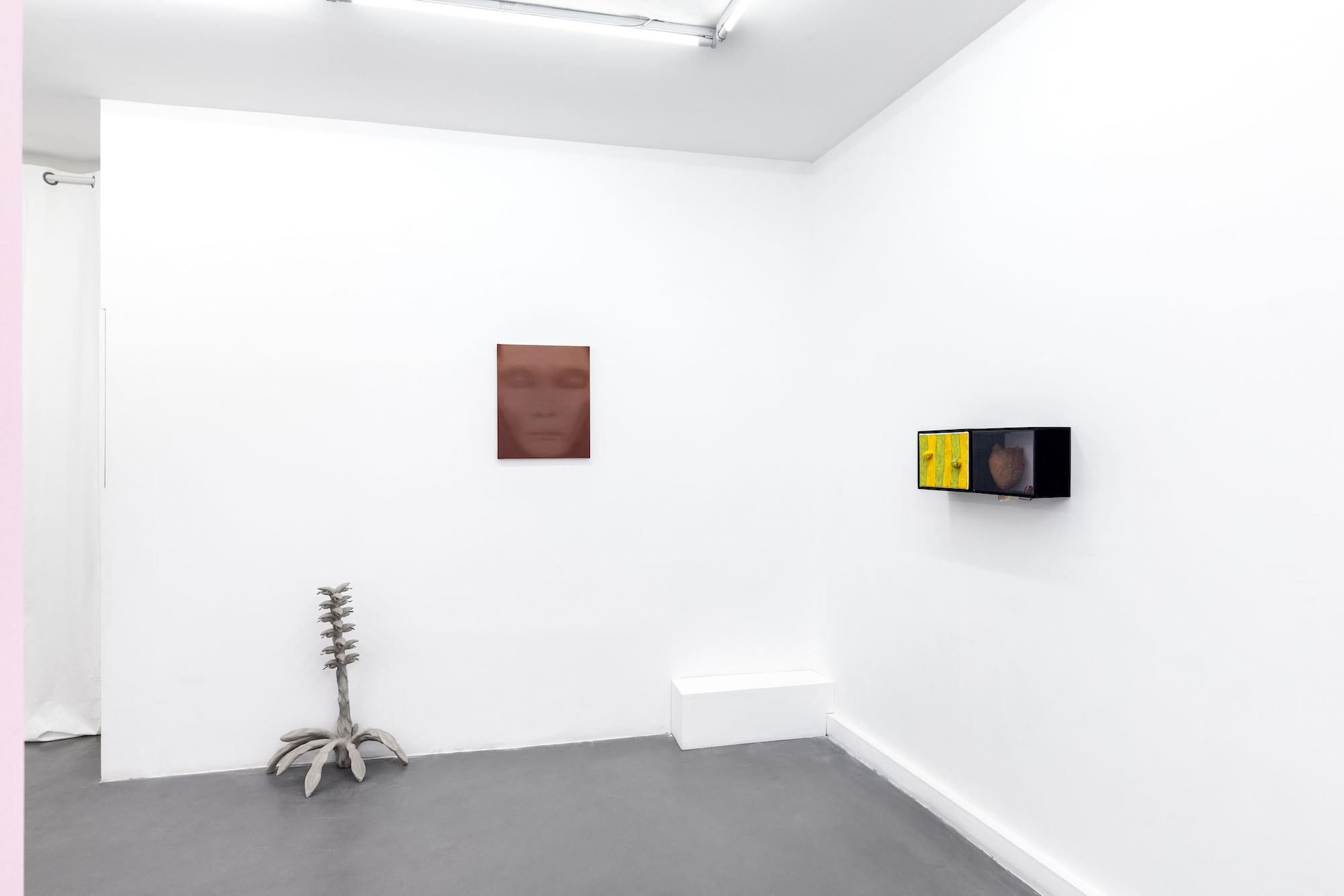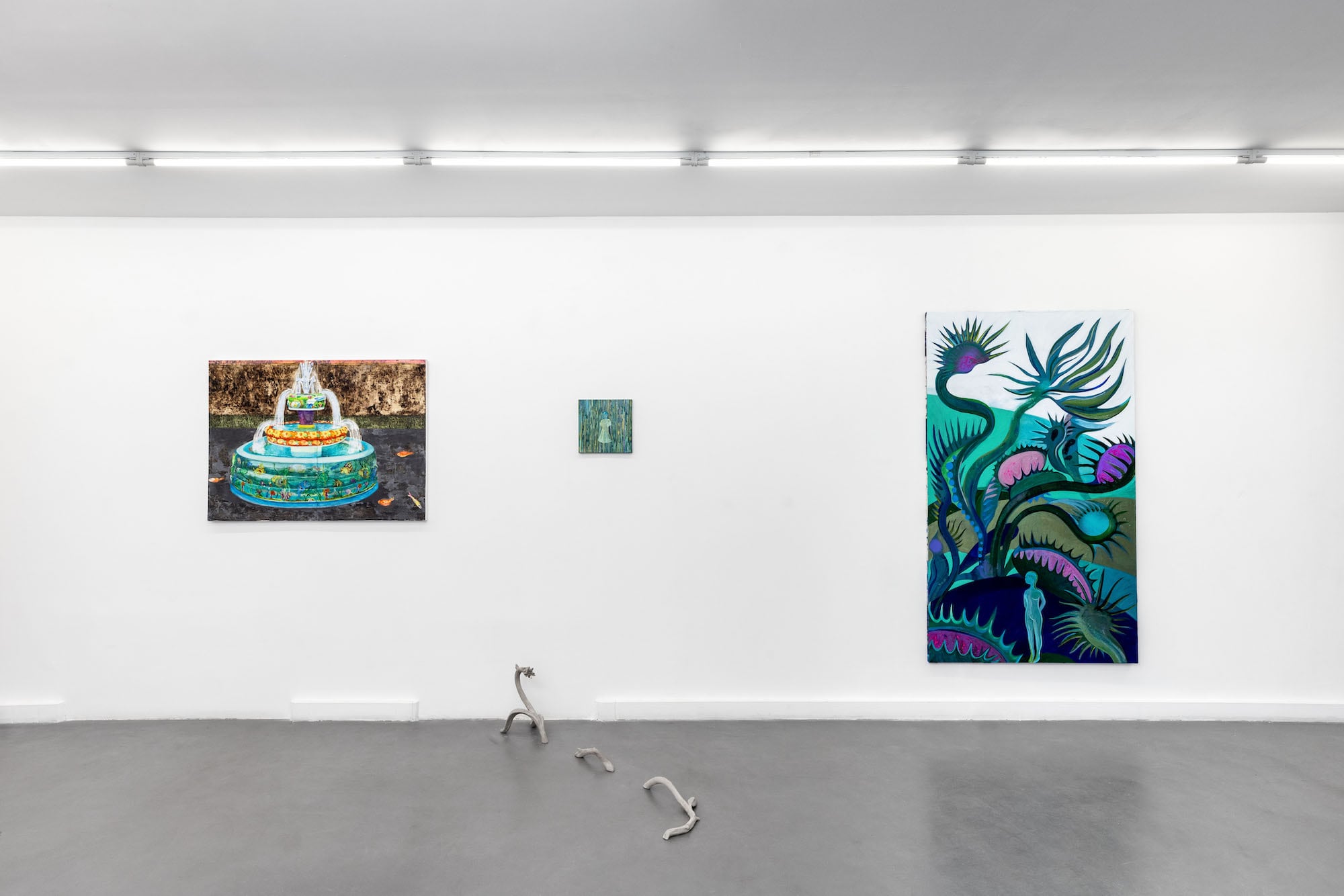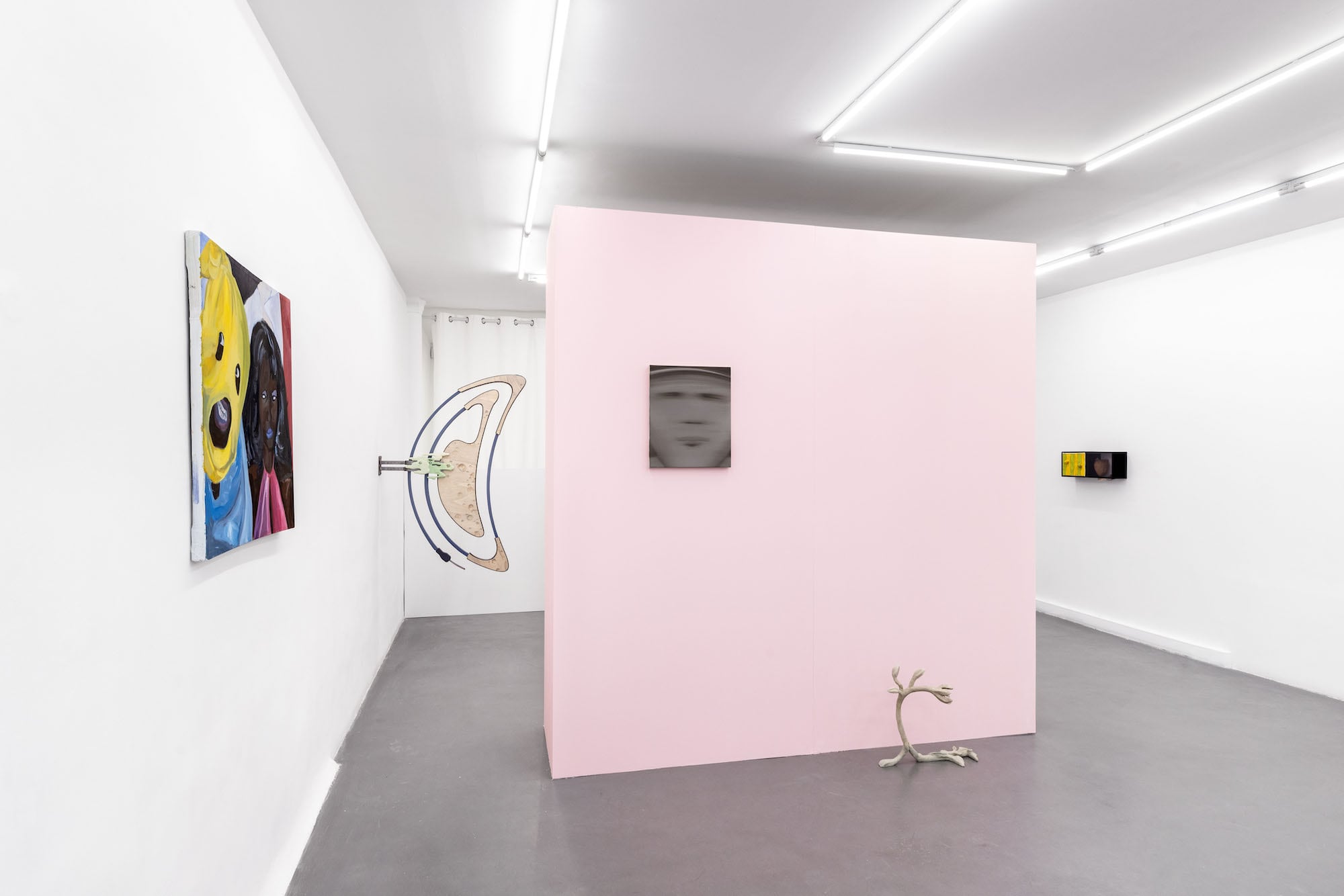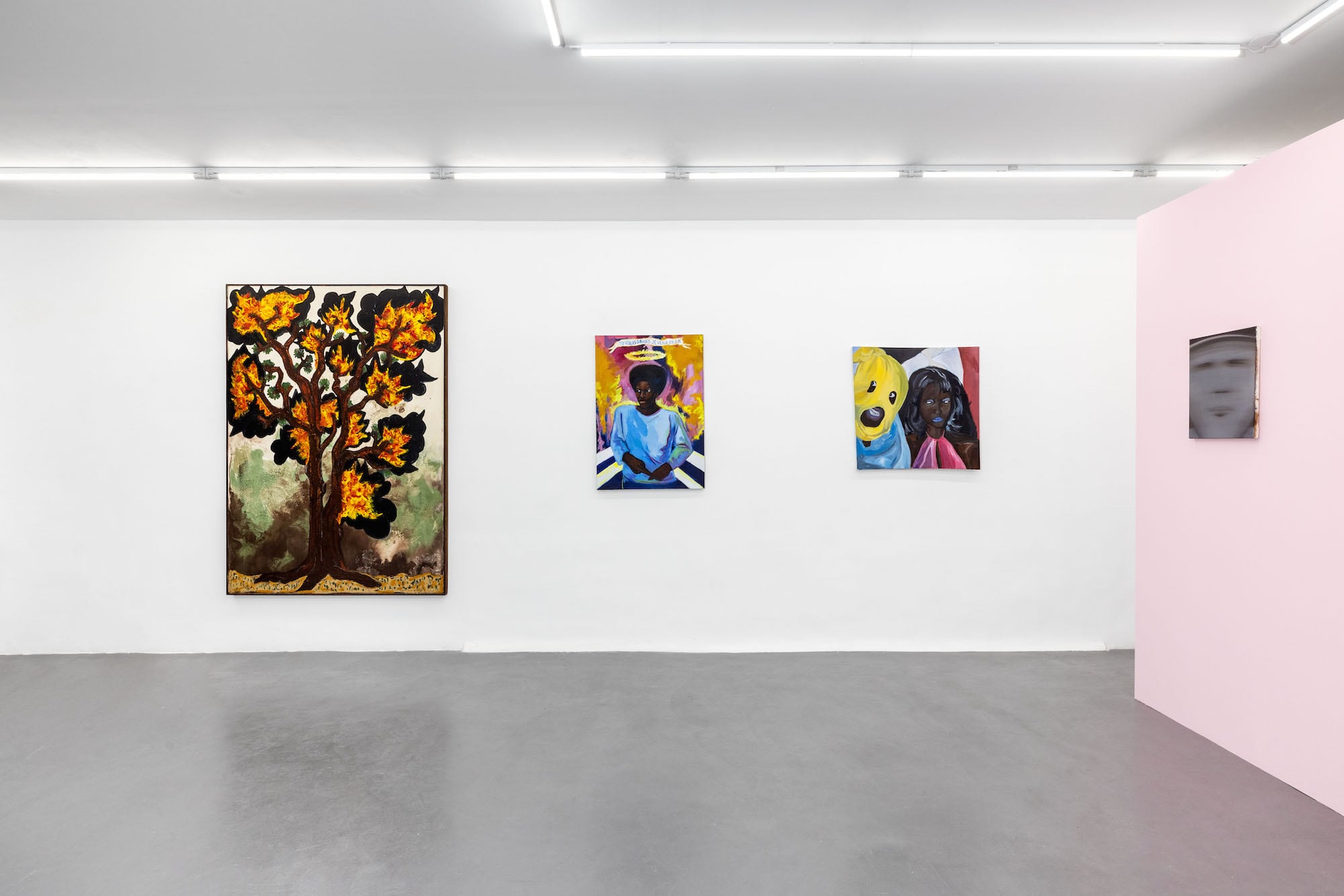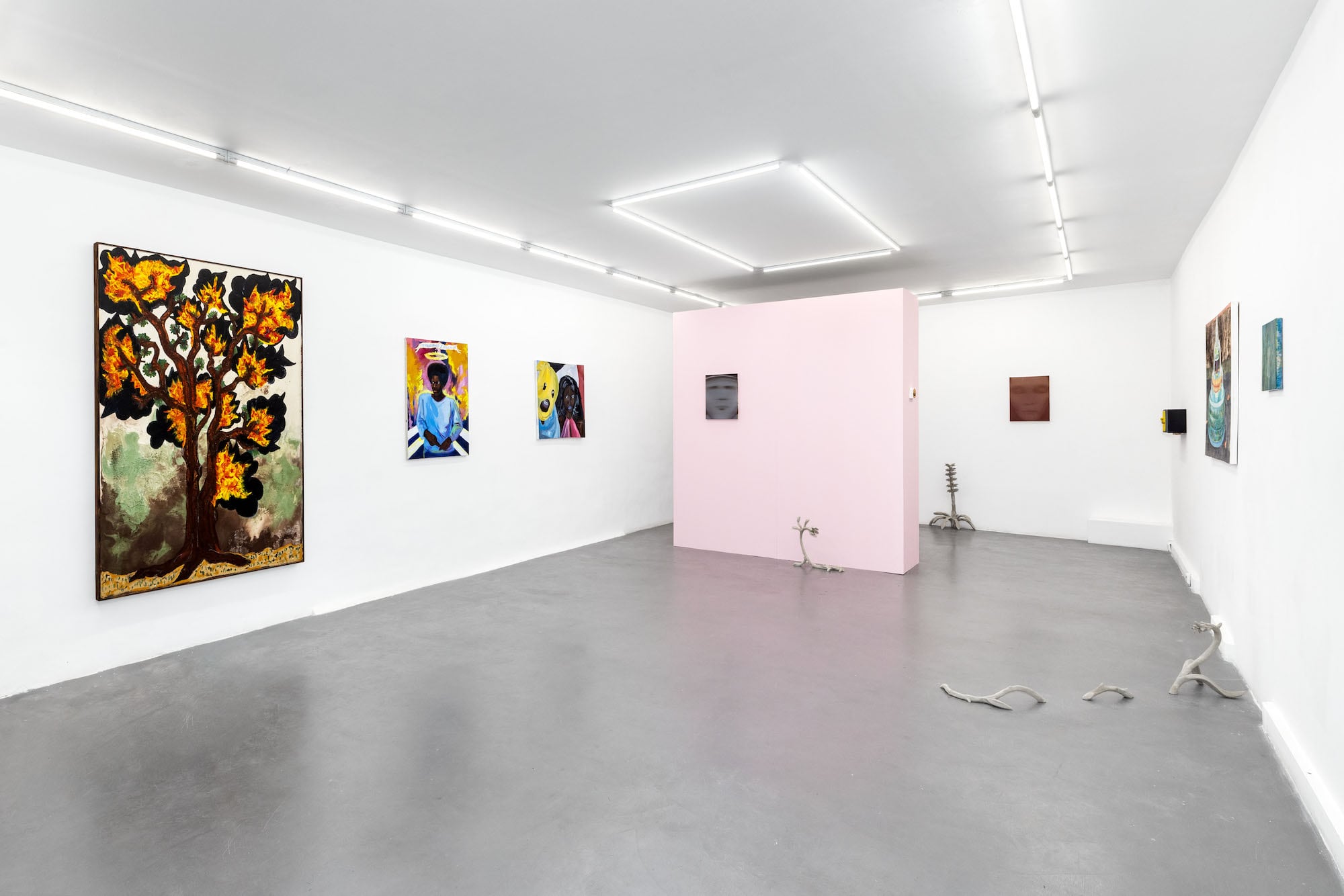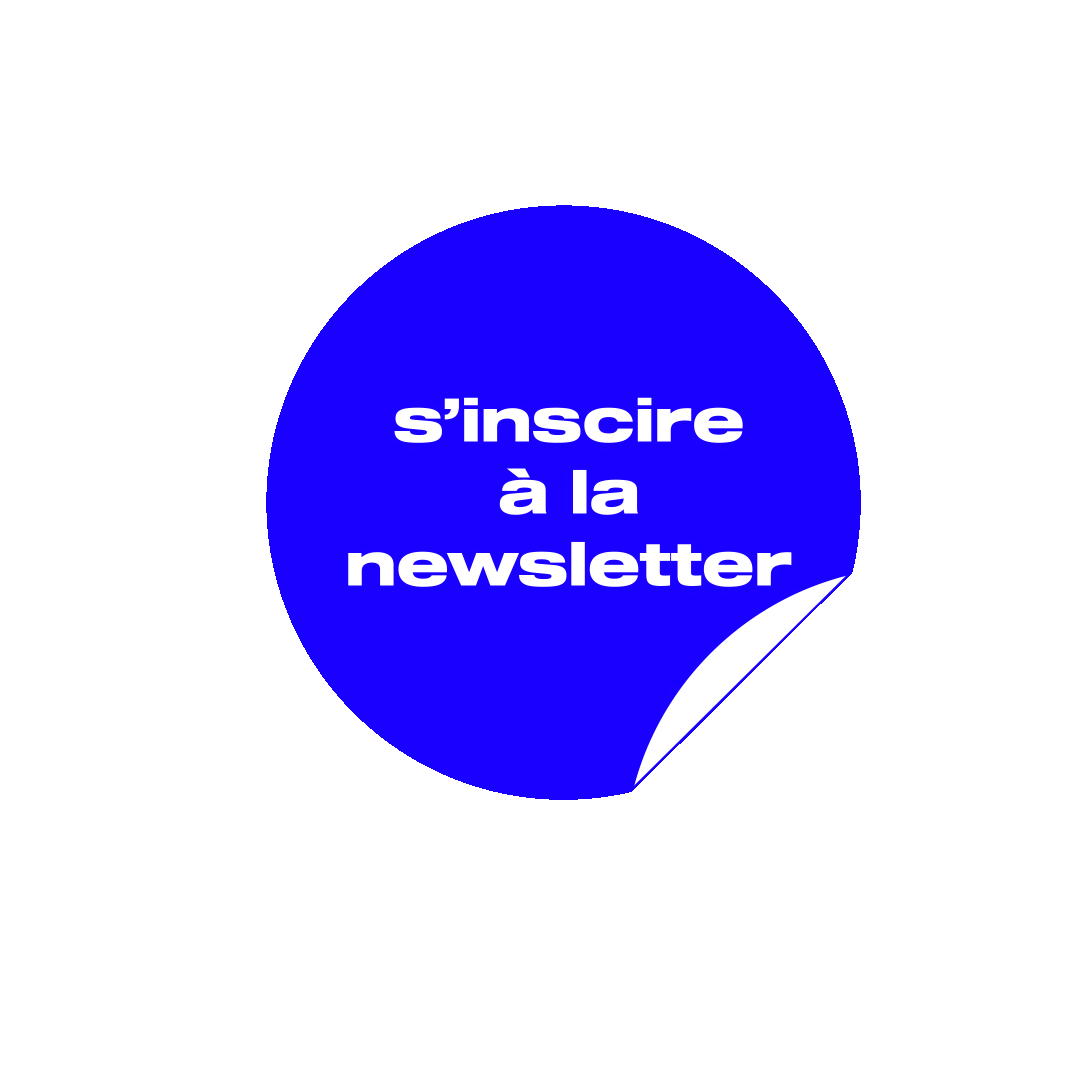Exhibitions
The exhibition "Faire fi, faire feu" brings together the works of Marcella Barceló, Xolo Cuintle, Julien Heintz, Léna Long, Ibrahim Meïté Sikel, Mateo Revillo, Ugo Schildge, Raphael Sitbon curated by Myriam Brando.
This exhibition presents vulnerability not as a weakness to hide, but as a creative resource to be exploited. The young artists showcased explore the duality between inertia and action, seeking a meaningful trajectory as described by philosophers Gilles Deleuze and Félix Guattari. There is a certain contradiction in the title, "faire fi" (disregard) of fragility, ignoring and despising it, and the word "feu" (fire), which is more violent and implies the idea of a passionate (re)action, a consuming movement.
The installation by the artist duo Xolo Cuintle invites us to wander through a ghostly garden, where all the plants are petrified and frozen. Without answering the "when" and "why," they show the "how" as a manifesto of human fragility. It leaves an imprint on a long-gone nature. A form of balance emerges between the ephemeral and the timeless through the representation of elements of nature: roots, flowers, and plants are counterbalanced with the use of materials derived from industrialization such as concrete, steel, cement, and plaster. Similar to Ugo Schildge, their work resonates as a brutal echo of human violence against the environment. The artist seeks to question us about the beauty and vulnerability of our existence. Does the tree on fire condemn the world to be consumed before our helpless eyes or does it initiate the beginnings of a fierce struggle?
Under Marcella Barceló's stroke, carnivorous plants contrast with the gentle forms and innocent air of her character. It is like looking at a child's nightmare: frightening yet innocent. A melancholic feeling emerges to open the doors to an unreal space. Her dreamlike narrative depicts strange landscapes inhabited by ageless bodies from a bygone era, conveying something about loneliness and the accompanying vulnerability.
Through the figure of the loner, Lena Long explores the fragilities of the transition from childhood to adolescence. Through vibrant and fluorescent tones, these hybrid objects tell a moment whose story escapes us. The diversity of artistic approaches, through the prism of the individual and nature, offers an "ultra-contemporary" apprehension of an anxiety and uncertainty known to everyone while injecting new perspectives of resilience.
Under the sign of fragility, this exhibition brings together works that evoke, each in their own way, the vulnerability of people and places, past and present, near and far. The ghostly faces of Julien Heintz then emerge. Timeless, identifiable, impassive, the faces appear as a search for a memory: through effort. They carry a new message: whether racialized, gendered, or exploited, the body is the first of the many places where vulnerability appears, where battles rage and unfold, and where life, in all its complexity, begins and ends.
The paintings of Ibrahim Meïté Sikely denounce in the background the injustice of being sidelined, resignation, but also a questioning of certain social realities. His work is an exploration of vulnerability centered on the experiences of long unheard and invisible individuals. A new contemporary mythology is written, drawing strengths and weaknesses from the artist's biographical elements.
Conceived as a testimony of perseverance born from vulnerability, this selection reveals as many narratives as stigmas. It is within this very ambivalence that the promise of a transformed new world emerges. By choosing fragments of life as a starting point for creation, Raphael Sitbon draws the essence of his work from past and tamed vulnerability. His sculptural work combines familiar yet transformed furniture with reversible and sensitive features. "Only the affection will remain from the object." Only a fragile mystical imprint will remain. Mateo Revillo explores the same buried sentiment between mysticism and vulnerability. Two black chests are veiled differently. One, with a wax-painted canvas, weathered with stripes, traversed by snails. A small reliquary, scorched like the nuns in a convent, while the other contains a clay heart. Cast into the water, the heart dissolves, leaving only its skin in beeswax. A snail, a memory of mystical abstraction, tenderly illuminates a delicate and fragile scene, like in the paintings of Georges de La Tour.
"Faire fi, faire feu" invites each visitor to explore this unknown space, rich with hopes. An ode to contemplation, a call to action. To resistance.
"Faire fi, faire feu"
This exhibition presents vulnerability not as a weakness to hide, but as a creative resource to be exploited. The young artists showcased explore the duality between inertia and action, seeking a meaningful trajectory as described by philosophers Gilles Deleuze and Félix Guattari. There is a certain contradiction in the title, "faire fi" (disregard) of fragility, ignoring and despising it, and the word "feu" (fire), which is more violent and implies the idea of a passionate (re)action, a consuming movement.
The installation by the artist duo Xolo Cuintle invites us to wander through a ghostly garden, where all the plants are petrified and frozen. Without answering the "when" and "why," they show the "how" as a manifesto of human fragility. It leaves an imprint on a long-gone nature. A form of balance emerges between the ephemeral and the timeless through the representation of elements of nature: roots, flowers, and plants are counterbalanced with the use of materials derived from industrialization such as concrete, steel, cement, and plaster. Similar to Ugo Schildge, their work resonates as a brutal echo of human violence against the environment. The artist seeks to question us about the beauty and vulnerability of our existence. Does the tree on fire condemn the world to be consumed before our helpless eyes or does it initiate the beginnings of a fierce struggle?
Under Marcella Barceló's stroke, carnivorous plants contrast with the gentle forms and innocent air of her character. It is like looking at a child's nightmare: frightening yet innocent. A melancholic feeling emerges to open the doors to an unreal space. Her dreamlike narrative depicts strange landscapes inhabited by ageless bodies from a bygone era, conveying something about loneliness and the accompanying vulnerability.
Through the figure of the loner, Lena Long explores the fragilities of the transition from childhood to adolescence. Through vibrant and fluorescent tones, these hybrid objects tell a moment whose story escapes us. The diversity of artistic approaches, through the prism of the individual and nature, offers an "ultra-contemporary" apprehension of an anxiety and uncertainty known to everyone while injecting new perspectives of resilience.
Under the sign of fragility, this exhibition brings together works that evoke, each in their own way, the vulnerability of people and places, past and present, near and far. The ghostly faces of Julien Heintz then emerge. Timeless, identifiable, impassive, the faces appear as a search for a memory: through effort. They carry a new message: whether racialized, gendered, or exploited, the body is the first of the many places where vulnerability appears, where battles rage and unfold, and where life, in all its complexity, begins and ends.
The paintings of Ibrahim Meïté Sikely denounce in the background the injustice of being sidelined, resignation, but also a questioning of certain social realities. His work is an exploration of vulnerability centered on the experiences of long unheard and invisible individuals. A new contemporary mythology is written, drawing strengths and weaknesses from the artist's biographical elements.
Conceived as a testimony of perseverance born from vulnerability, this selection reveals as many narratives as stigmas. It is within this very ambivalence that the promise of a transformed new world emerges. By choosing fragments of life as a starting point for creation, Raphael Sitbon draws the essence of his work from past and tamed vulnerability. His sculptural work combines familiar yet transformed furniture with reversible and sensitive features. "Only the affection will remain from the object." Only a fragile mystical imprint will remain. Mateo Revillo explores the same buried sentiment between mysticism and vulnerability. Two black chests are veiled differently. One, with a wax-painted canvas, weathered with stripes, traversed by snails. A small reliquary, scorched like the nuns in a convent, while the other contains a clay heart. Cast into the water, the heart dissolves, leaving only its skin in beeswax. A snail, a memory of mystical abstraction, tenderly illuminates a delicate and fragile scene, like in the paintings of Georges de La Tour.
"Faire fi, faire feu" invites each visitor to explore this unknown space, rich with hopes. An ode to contemplation, a call to action. To resistance.
"Faire fi, faire feu"
Share
 BACK
BACK